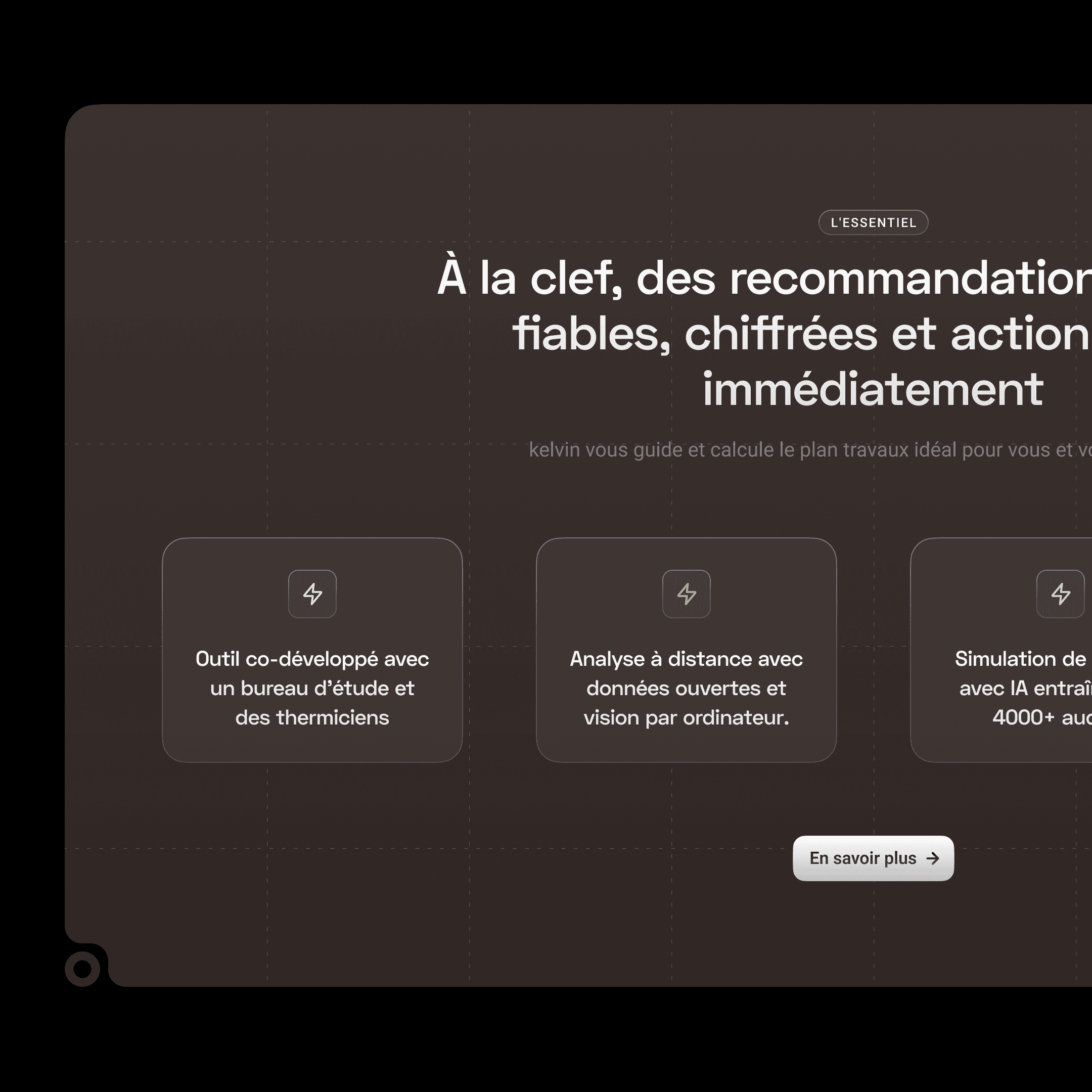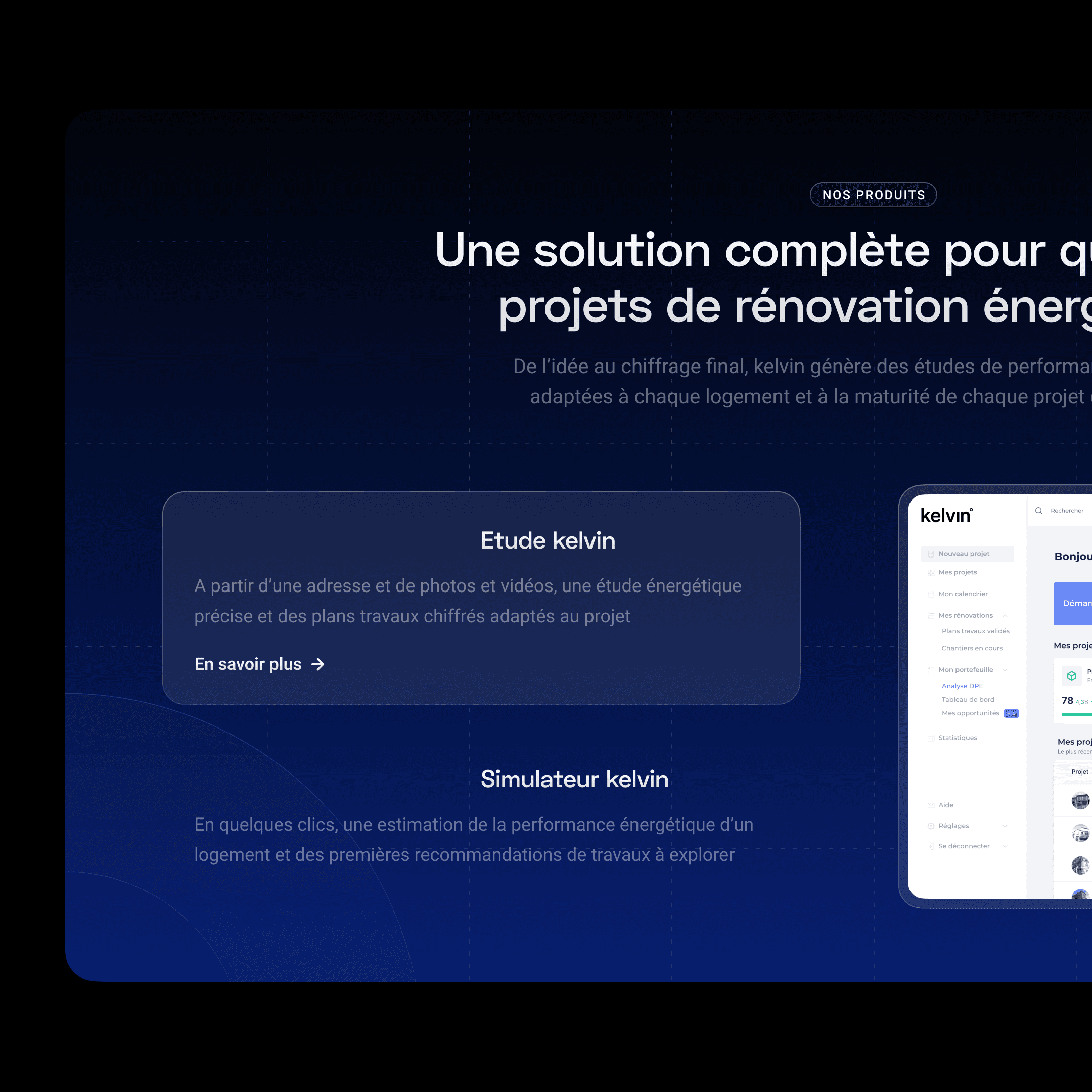Design as a Growth Lever: Why VCs Are Looking at Your Website
In today’s tech landscape, the focus is often on scaling fast, building products that solve real problems, and getting users hooked with the right growth strategies. But there’s an often overlooked element that is increasingly becoming a critical factor in investor decisions: design. Specifically, a startup's website is more than just a digital business card—it's a growth lever, and venture capitalists (VCs) know it.
The Design Differentiator
There was a time when design was just a nice-to-have—an aesthetic flourish that founders would add if they had extra budget. Those days are over. In a world where competition is fierce and attention spans are dwindling, design is no longer just about aesthetics; it's a fundamental component of a startup’s growth strategy. Websites, in particular, act as a digital front door that must captivate users, establish credibility, and convert visitors into customers.
The shift towards prioritizing design is apparent in the venture capital world. When you sit across from a VC in a pitch meeting, know that they’ve already checked out your website, scrutinized the UX, and compared it to others in your vertical. It’s no longer just about market opportunity and traction; it’s also about how well you communicate your value proposition through design. It’s the new battleground where startups either make a stellar first impression or lose the war before they’ve even had a chance to fight.
VCs Are Design-Literate: Here's Why
Investors are becoming more sophisticated in their evaluation metrics, and design has risen to the forefront of their checklist. The classic venture capitalist might once have been a finance geek with an eye for spreadsheets. Today, many investors have design backgrounds or, at the very least, employ analysts who understand the fundamentals of user experience (UX) and conversion optimization.
This design literacy isn't just for show. Data from firms like Andreessen Horowitz and Sequoia Capital indicate that companies with a strong design focus tend to grow faster and have higher valuations than their less design-savvy counterparts. When a VC visits a startup’s website, they’re evaluating the user experience as much as they are looking for information about market size and growth metrics. Does the website load quickly? Is it mobile-responsive? Are the call-to-action buttons strategically placed for maximum conversions? These elements are signals, and when they align, they indicate to investors that the company is serious about growth.
VCs know that a well-designed website is an indicator of a company’s maturity. If a startup has taken the time to craft a thoughtful, intuitive digital experience, it suggests they understand their users and are ready to scale. On the flip side, if a startup’s website is a jumbled mess of poorly placed content and broken links, it raises red flags. “If they can’t get their website right, what else are they missing?” VCs often ask.
Why Websites Matter More Than Ever in a Remote-First World
We’re living in a remote-first era, and your digital presence is often the only interaction an investor or potential customer may have with your company. Gone are the days of lavish office spaces and in-person demos that allowed startups to charm their way into term sheets. Today, your website is often the first (and sometimes only) touchpoint investors have before deciding if you're worth a meeting.
“Before I even open the pitch deck, I’ll visit their site,” says an anonymous partner at a top-tier venture capital firm. “It’s like reading a company’s resume—if I don’t see a clear, compelling story within the first 30 seconds, I’m probably not going to spend more time digging into their financials.”
The stakes are high. A poorly designed website doesn’t just repel customers; it repels capital. When your startup is vying for attention in a crowded market, and all you have is an online presence to tell your story, the design must do the heavy lifting. Your brand narrative, value proposition, and product information need to be concise, visually engaging, and intuitive. Investors know that in a digital-first world, your website is a proxy for your product, team, and overall company culture.
A Case Study: The Power of Design in Fundraising
To illustrate the point, consider the case of Typeform, a Barcelona-based startup that revolutionized online forms. In its early days, Typeform’s site was minimalistic yet highly intuitive. Every design element was crafted to align with the company’s core mission of creating “beautiful forms.” The founders understood that if they were to capture the interest of VCs, their website needed to be as functional and beautiful as their product.
When VC firms like Index Ventures and Point Nine Capital evaluated Typeform, they were already hooked before seeing any metrics. The site’s sleek design and seamless UX conveyed a level of professionalism that signaled the company was serious about user experience. Investors could see the product’s potential, not just through the pitch deck but in every interaction they had with the site. The result? Typeform secured over $50 million in funding and continues to grow, partly due to its relentless focus on design.
VCs' New Design Checklist
So, what exactly are VCs looking for when they evaluate your website? Here’s a breakdown of key design elements that investors scrutinize before they even sit down to hear your pitch:
User Experience (UX): VCs understand that an intuitive, well-organized site is a proxy for a well-thought-out product. They’re looking for seamless navigation, quick load times, and logical information architecture. If a user can’t find the “Sign Up” button or has to dig through multiple pages to understand what you do, investors are likely to think twice.
Brand Consistency: A cohesive visual language across your website indicates that you have a clear understanding of your brand identity. This is crucial for building trust with customers and investors alike. The best startups establish their credibility through consistent fonts, colors, imagery, and messaging, reinforcing the idea that they’re building something enduring.
Conversion Optimization: VCs know that a startup’s website is not just for show—it’s a tool for growth. They pay attention to how strategically placed calls-to-action are and whether the site is optimized for conversions. This could mean analyzing how the “Request a Demo” button is positioned or evaluating the simplicity of the checkout process for SaaS products.
Mobile Responsiveness: More than half of web traffic today comes from mobile devices, and investors know this. A site that isn’t optimized for mobile loses not only customers but also credibility. VCs are aware that if your website isn’t responsive, your growth potential is limited.
Visual Appeal and Modern Aesthetics: While investors aren’t necessarily design critics, they recognize when a site looks modern and well-crafted. Websites that employ high-quality images, thoughtful animations, and clean, minimalist layouts often leave a lasting impression.
The ROI of Design Investment
It’s not just about looking good—design has a measurable impact on growth and revenue. Startups that invest in good design often see higher conversion rates, better customer retention, and increased user engagement. According to a McKinsey report, companies that focus on design see 32% more revenue growth and 56% higher total returns to shareholders compared to those that don’t. The correlation between design and performance is undeniable, and VCs are taking notice.
In fact, some investors are so convinced of the power of design that they’re setting up in-house design teams to support their portfolio companies. For example, Andreessen Horowitz has a dedicated design partner, Scott Klemmer, who works closely with founders to ensure their products and websites are optimized for growth. This kind of support underscores how crucial design has become in the modern startup landscape.
Why Startups Can’t Afford to Ignore Design
For startups, the message is clear: design matters, and it’s not something you can afford to ignore. Whether you’re bootstrapping or have raised a seed round, investing in design is a strategic move that can pay off in multiples when it comes time to scale or seek investment.
Yet, many startups still struggle to prioritize design. For some, it’s a budgetary constraint—hiring a top-notch designer isn’t cheap, and founders often prefer to allocate funds toward product development. For others, it’s a lack of understanding about the impact that design can have on their business.
The reality is that good design doesn’t have to be expensive. For startups that can’t afford a full-time designer, there are agencies and freelancers who specialize in crafting high-quality websites at a fraction of the cost. The key is understanding that a well-designed website is not a cost center but a growth investment.
The Future: Design-First Companies as the New Unicorns
As the startup ecosystem evolves, we’re seeing the rise of design-first companies—startups that prioritize user experience and visual appeal from day one. These companies understand that in a world saturated with options, standing out isn’t just about having a great product; it’s about delivering a holistic brand experience that begins the moment a user lands on your site.
Take Airbnb, for instance. The company’s emphasis on design transformed the way people book accommodations, and it all started with a clean, intuitive website that made finding a place to stay as simple as possible. Today, design-first companies are leading the charge in industries ranging from fintech to healthcare, and they’re the ones that VCs are increasingly backing.
In the end, design isn’t just a lever for growth; it’s a signal. It tells investors that a company is serious about scaling, understands its users, and is committed to delivering excellence at every touchpoint. For founders looking to raise their next round, it’s time to ask yourself: what does your website say about you?
Conclusion
As VCs continue to sharpen their focus on design as a critical evaluation metric, the pressure is on for startups to up their game. A well-crafted website can be the difference between securing that term sheet or getting passed over. It’s no longer just about having a great product or a disruptive business model—design is the new competitive advantage, and the smartest startups are already using it to their benefit.
So, the next time you walk into a VC’s office, rest assured they’ve already visited your website. Make sure it’s the kind of website that tells them you’re worth their time—and their money.




